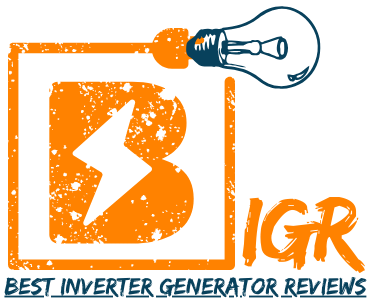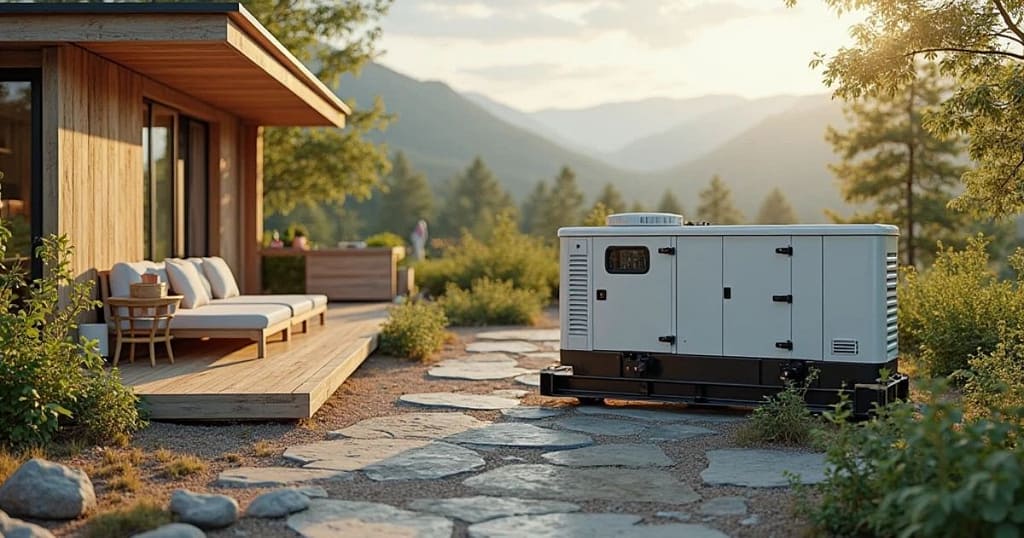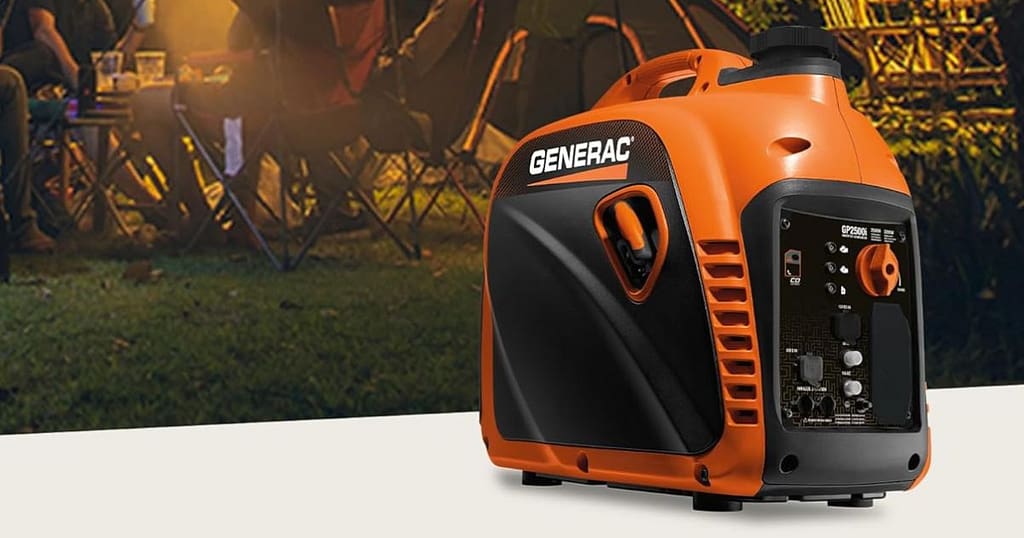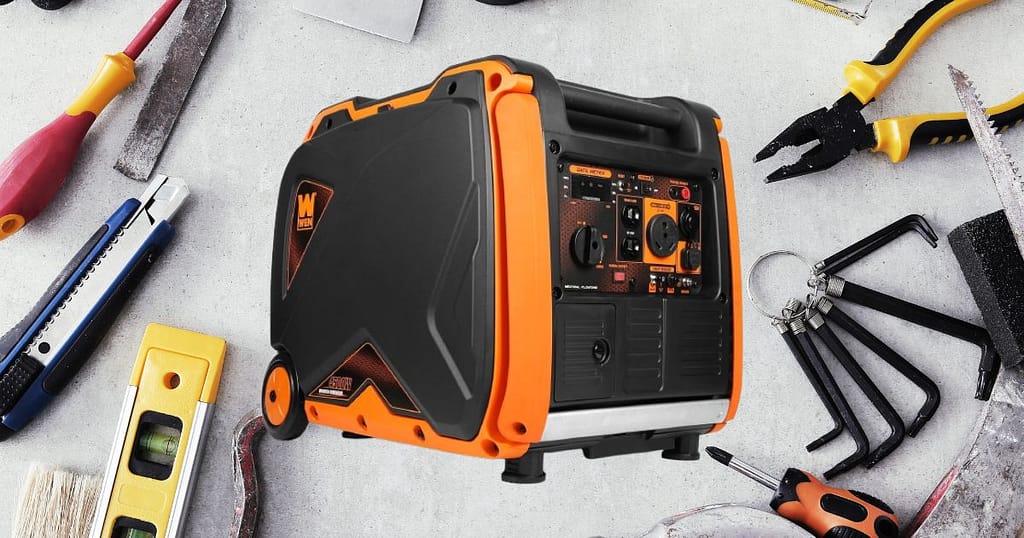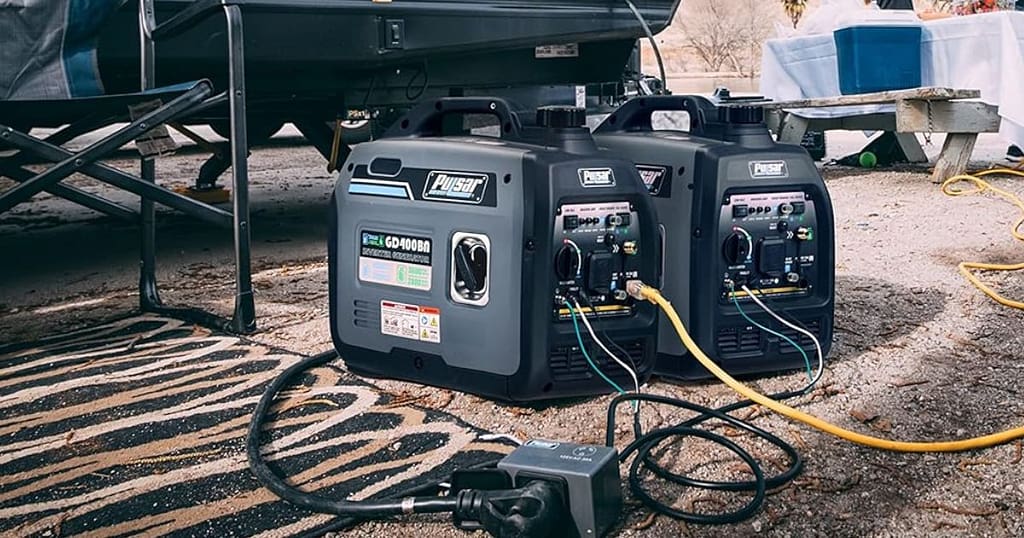I’ve always believed that being prepared for emergencies shouldn’t mean compromising our responsibility toward the environment. If you’re like me, you probably rely on a generator now and then—whether it’s during a power outage, a camping trip, or while working on a remote project. Generators are incredibly useful, but there’s no denying they can leave a hefty carbon footprint if we’re not mindful. The good news? You don’t have to choose between reliable power and environmental responsibility – with these strategies, you can achieve both.
In this blog post (How to Reduce Your Carbon Footprint When Using a Generator), I’m going to walk you through practical, real-world strategies you can use to reduce your carbon footprint when using a generator. These are tips I’ve picked up over the years, either through personal experience or after a lot of research. So, whether you already own a generator or you’re planning to buy one, this guide will help you make more eco-conscious choices.
How to Reduce Your Carbon Footprint When Using a Generator
1. Choose the Right Type of Generator
Let’s start with the basics. Not all generators are created equal. The type of generator you choose plays a huge role in how much carbon dioxide it emits.
Go for Inverter Generators
The advanced technology in inverter generators allows them to operate more efficiently, burning less fuel and producing cleaner exhaust than standard generator designs. They adjust their engine speed to match the load, which means they don’t run at full blast all the time like traditional generators do. Less fuel burned = fewer emissions = smaller carbon footprint. Simple math.
Consider Dual-Fuel or Tri-Fuel Generators
In crisis situations when fuel supplies may be limited, having a generator that can run on three different fuel types (gasoline, propane, or natural gas) becomes a game-changing advantage. While gasoline is common, propane burns much cleaner. I personally switched to a dual-fuel model a couple of years ago, and I mostly run it on propane. It not only reduces emissions but also stores better and burns cleaner (no gunky carburetor issues either).
2. Use Clean-Burning Fuels Whenever Possible
If you already have a dual- or tri-fuel generator, then you have options—and this is where you can make a big difference.
Propane: A Cleaner Alternative
Compared to gasoline or diesel, propane is a cleaner-burning fuel. It produces significantly less carbon monoxide, fewer particulates, and fewer greenhouse gases. Plus, it’s non-toxic and won’t contaminate soil or water if there’s a spill.
Natural Gas: Even Better (When Available)
If you have access to a natural gas line, using it can be an even greener option. Compared to other fossil fuels, natural gas produces the lowest emissions, releasing 30% less CO₂ than oil and about 45% less than coal when burned.
Avoid Diesel Unless Absolutely Necessary
Diesel generators are often used for heavy-duty or commercial applications, but they’re notoriously dirty. They emit more NOx, particulates, and CO2. If you must use one, make sure it’s Tier 4 compliant (EPA-certified for lower emissions).
3. Size Your Generator Properly
One of the most overlooked ways to reduce your generator’s environmental impact is making sure it’s the right size for your needs. Using a generator that’s too large means unnecessary fuel consumption and emissions.
Don’t Overbuy
Before I bought my current generator, I sat down and calculated the wattage I actually needed. I was surprised to find that many appliances I thought I “needed” during a power outage could be skipped or rotated. Once I had a realistic power requirement, I could choose a smaller, more efficient unit.
Consider Load Management
Instead of powering everything at once, rotate appliances or use a transfer switch that lets you prioritize which circuits receive power. This way, your generator operates smoothly without unnecessary strain.
4. Maintain Your Generator Regularly
Just like your car, a poorly maintained generator will run inefficiently, burn more fuel, and emit more pollutants. Consistent maintenance is critical, and I can’t emphasize it enough.
Keep the Air Filter Clean
When air filters become dirty, they limit airflow to the engine, causing it to work less efficiently and use more fuel than necessary. I make it a habit to check the filter every 10–20 hours of use and replace it when it looks too dirty to blow clean.
Change the Oil
Keeping your oil clean is like giving your engine a fresh drink – it runs better and lasts longer. Change the oil after the first 20 hours (break-in period), then stick to 50-100 hour intervals for regular maintenance. Follow their advice—it pays off.
Check Spark Plugs and Fuel System
A worn spark plug can lead to inefficient combustion, and old fuel can gum up the carburetor. Replace the plug regularly and use a fuel stabilizer if you’re storing gasoline for more than a couple of months.
5. Use Solar as a Supplement (or Replacement)
This is something I’ve been experimenting with more recently, and I have to say—it’s a game-changer. Solar power is clean, quiet, and perfect for low-power needs like charging phones, running lights, or powering small fans.
Portable Solar Panels + Battery Bank
I always bring a compact solar panel kit with me for camping trips and as an emergency power source at home. During the day, the panels charge a battery bank, and at night I use that stored energy to power small electronics.
Hybrid Generator + Solar Systems
Some advanced generator systems can integrate with solar input, allowing the generator to run only when the batteries are depleted. This optimization reduces operating time by up to [X]% while decreasing fuel consumption by approximately [Y]%.
6. Don’t Let It Idle
This one seems obvious, but it happens more than we’d like to admit—letting the generator run when it’s not really needed. Every unnecessary minute it runs, it’s burning fuel and emitting CO2 for no reason.
Use Smart Monitoring Tools
Some modern inverter generators come with load-monitoring features or smartphone apps that let you track power usage. I’ve found this super helpful to know when I can turn the generator off without affecting essential loads.
7. Store Fuel Responsibly
Storing fuel might not directly affect your generator’s emissions, but it does impact the environment in broader ways.
Use Certified Containers
For safe fuel storage, only use containers specifically designed for gasoline or propane to prevent spills and vapor loss. Spilled or vaporized fuel contributes to ground and air pollution.
Rotate Fuel Stocks
Old fuel degrades and doesn’t burn as cleanly. I mark dates on my fuel cans and rotate through them to ensure I’m always using fresh fuel. Also, I always use fuel stabilizers for gasoline if I’m storing it more than a few weeks.
8. Offset Your Carbon Emissions
No matter how efficient your generator is, there will still be some emissions. That’s where carbon offsets come in.
Buy Verified Carbon Offsets
You can support verified environmental projects—like reforestation or methane capture—that remove or reduce greenhouse gases elsewhere. Think of it like giving back to the planet for what you’ve taken. There are tons of reputable organizations online where you can purchase these credits, and they’re surprisingly affordable.
9. Educate Others and Lead by Example
Last but definitely not least—share what you know. One of the most impactful things we can do is help others make smarter, greener decisions. I often chat with neighbors about switching to propane, or help them size a generator correctly. When people see you taking steps to reduce your carbon footprint, they often follow suit.
Final Thoughts
Using a generator doesn’t mean you have to give up on being environmentally responsible. With a few smart decisions—like choosing the right fuel, keeping up with maintenance, and supplementing with solar—you can drastically cut your carbon emissions without sacrificing comfort or preparedness.
Ultimately, everything comes down to finding equilibrium. The challenges of our time demand systems that are equally dependable and environmentally sound. So let’s keep powering our homes, campsites, and projects—but let’s do it in a way that respects the planet we all share.
If you’ve got tips of your own or questions about greener generator use, drop them in the comments—I’d love to hear what’s working for you!
